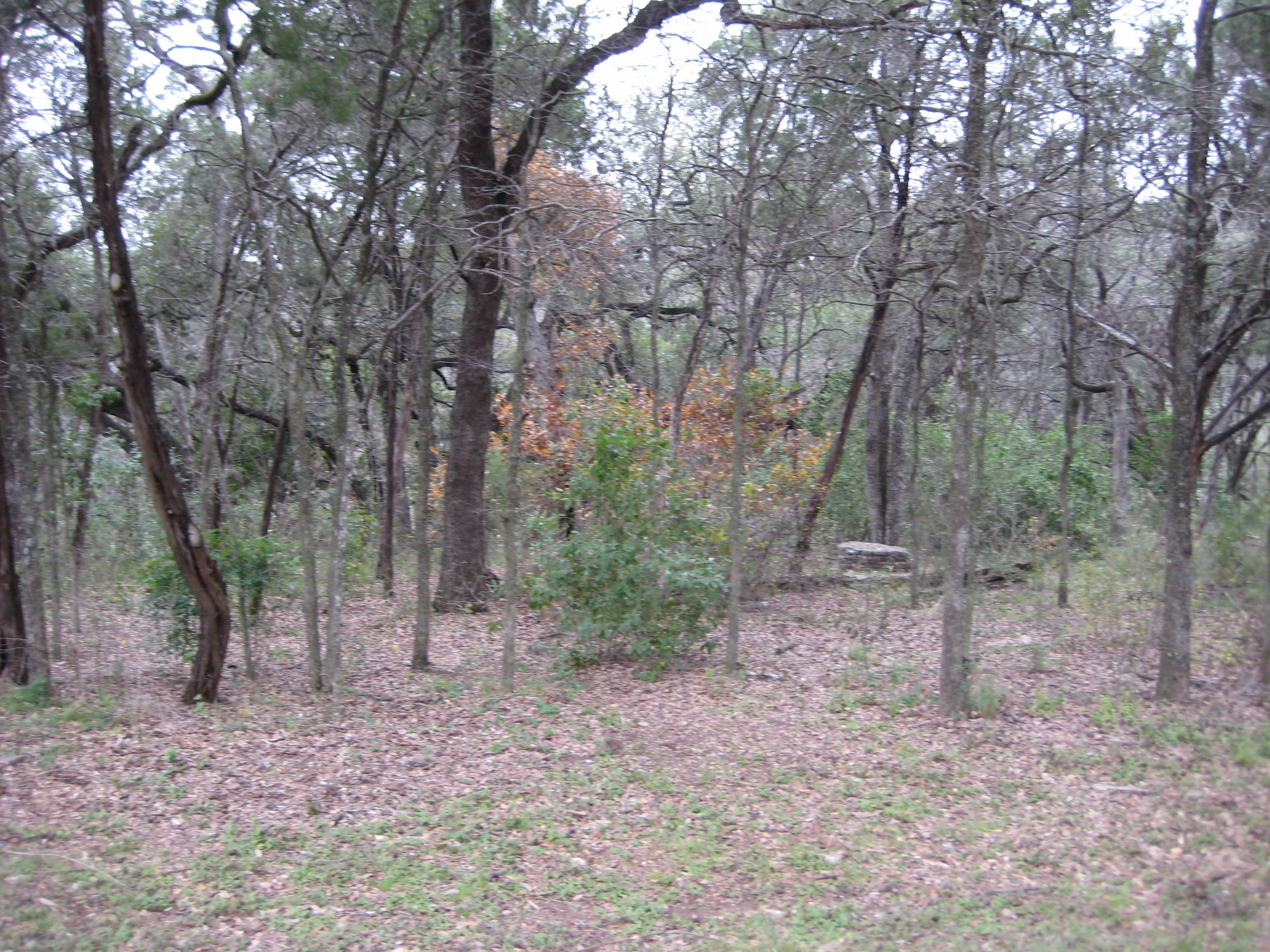Community Spaces: What is it?
by Larkin
The Community Spaces Subject Group focuses on how shelters, parks, and other forms of buildings in a community affect the environment. This group identifies many problems with the infrastructure of a community as well as solutions. These problems are very vital and affect people a whole lot more because these problems deal with amount of land being used for construction, where people will live, and other issues that concern everyone in a community. Also, these issues may come up in places you’d least likely expect and places that you visit a lot.
Malls- they’re the main providers of everything from grSoceries to clothes to books, and millions of Americans visit them every day, not knowing many of the problems they produce. Because these malls are so big, they soak up natural resources and energy right from under us. Many people are too busy covering themselves in moral decadence with products the malls sell to notice. People don’t realize how much gas they use to get themselves to the malls and how many petroleum products are manufactured for just one mall alone. A simple way to cut down on the energy used for malls is to have a small community built around them. Basically, this means that people could live in apartments that are right next door to a bunch of stores that they could easily walk to. Austin already has one of these: The Domain. Bit by bit, this could drastically reduce the amount of gas used by Americans everywhere. There are still more problems left to face, however.
If you really look at how conventional buildings are designed, you’ll notice the lack of efficiency and sustainability. They are designed in an unnatural way and they actually cause more harm than good. This is where something called “green” building steps in. With “green” building, the architects design the systems to mimic how nature works with a process called biomimicry. Since nature doesn’t have any waste, something that mimics nature won’t have any waste either, and it will automatically become more sustainable. A way to do this is to put a roof on a building that is made out of plants. This may sound strange, but it actually eliminates harmful ultraviolet rays and naturally filters rainwater to a nearby source. Simple changes like this can make all the difference, and each bit of help counts. Plus, if you have a roof made of plants, you’ll probably have the coolest house on the block.
Another issue is what to use the land in an area for. As cities grow, people feel like there is more need for condominiums, skyscrapers, and other industrial spaces instead of places like parks and gardens that add beauty to a neighborhood and help the environment. Part of the reason why this happens is because many Americans find that there is more fun in watching TV, shopping, and lying around than enjoying nature and all it has to offer. Parks let people play Frisbee with friends, take their dogs for a walk, skateboard around, or just sit outside with a good book and read while also taking a break from their completely industrialized lives.
All in all, the Community Spaces d-term group looks at the big picture of the basic infrastructure of a community and how it could be changed for the good of the environment. We take on the challenges that the community has set forth and willingly solve the problems. So, what is Community Spaces? It is how a community comes together to protect the environment, learn how to take better care of their community, and help out themselves and others along the way. |
| Hallie |
presentation coordinator |
| Wesley |
artist |
| Michael |
PowerPoint creator |
| Braden |
photographer |
| Peyton |
presentation coordinator |
| Mariah |
webaster |
| Samantha |
reporter |
| Diehl |
artist |
| Max |
PowerPoint creator |
| Helen |
photograph |
| Larkin |
reporter |
| Ms. Laws |
group leader |

|
![]()